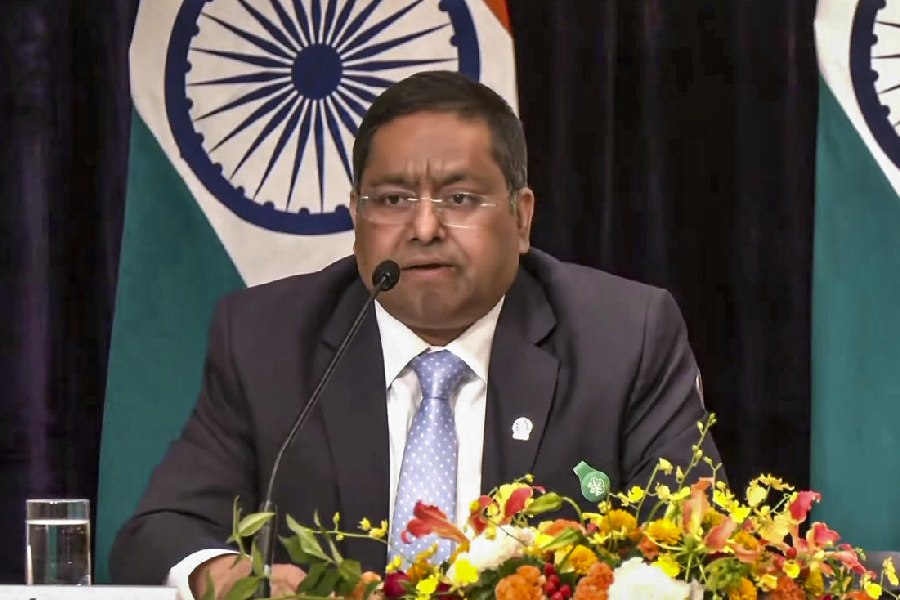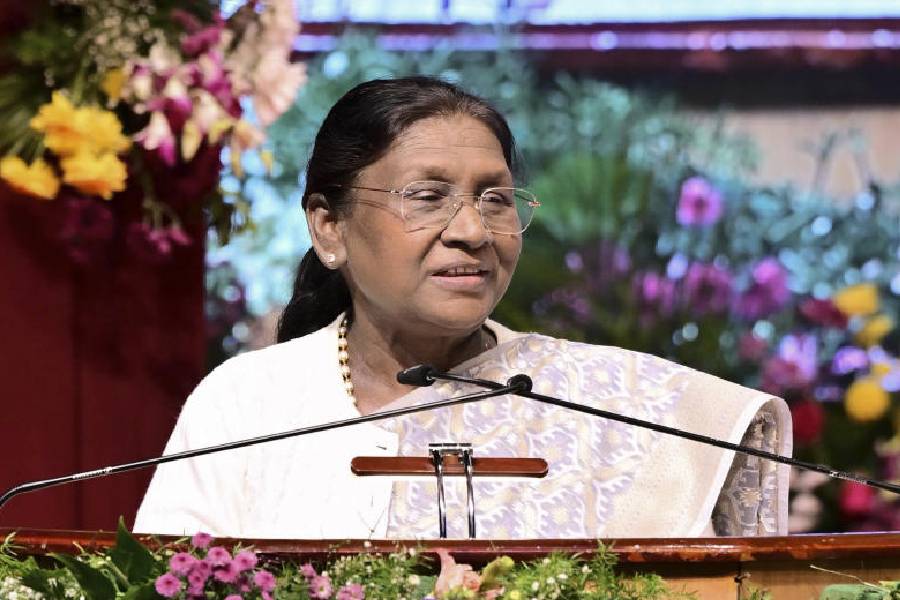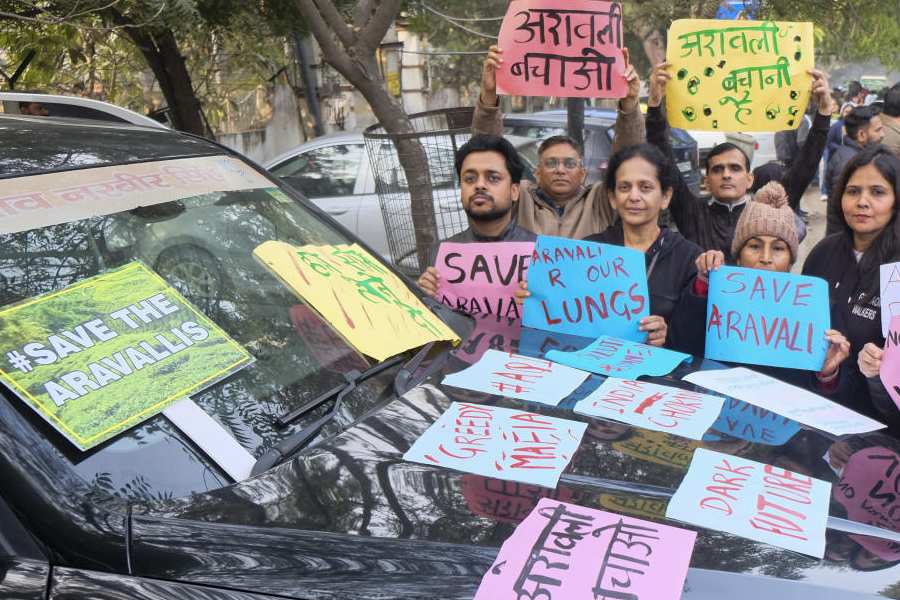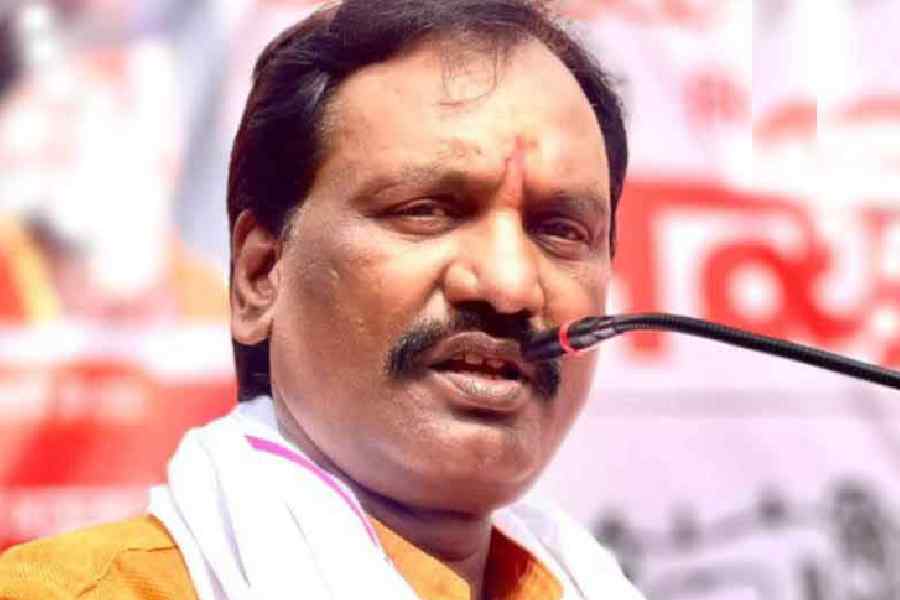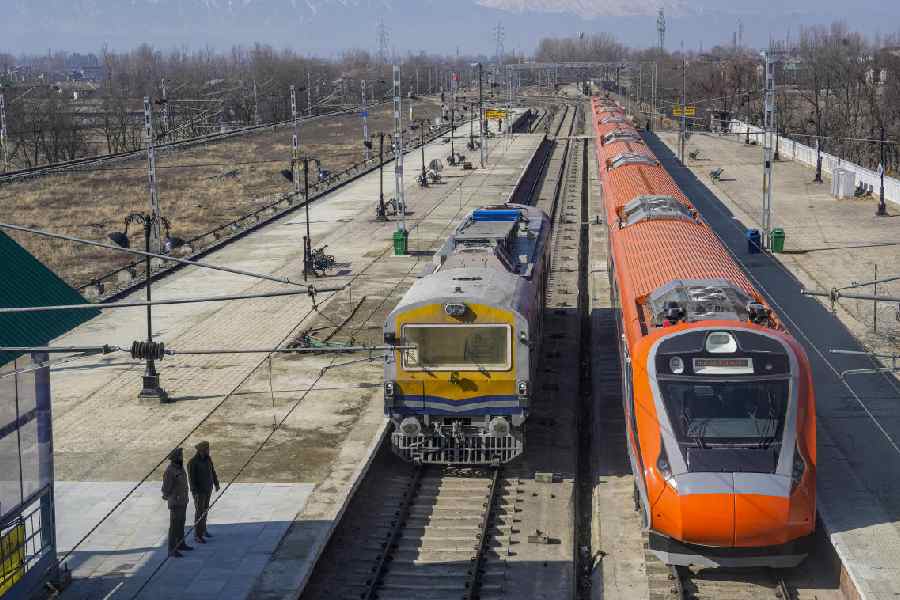 |
| Time to DESILT |
For the first time in more than four decades, Jharkhand State Electricity Board (JSEB) has initiated an ambitious proposal to desilt the Getalsud reservoir in order to ensure continuous hydel power generation for at least six months in a year.
Located across River Subarnarekha, 40km from Ranchi city, construction of the Getalsud multi-purpose reservoir was completed in 1971. The reservoir, with a catchment area of 717sqkm, has a full reservoir level of 1,954ft. It was envisaged to meet the drinking water demands of Ranchi city as well as industrial requirements of Heavy Engineering Corporation Ltd at Hatia and other factories.
Two hydel power houses, with a total installed capacity of 130MW were set up to generate power, mainly during the rainy season. The total power generated, averaging 120MW, is exclusively earmarked for Ranchi.
“At present, the hydel power houses are operational only during the peak rainy season when the water level of the dam is above 1,917ft. This level holds good for a maximum of two to three months in a year when the monsoon is at its strongest in this part of the state. Once desilting is carried out, the depth of the dam would become 1,930 feet. This would enable us to work the two power houses for at least six months in a year and ensure uninterrupted power supply to Ranchi and its suburbs,” JSEB chairman S.N. Verma told The Telegraph.
Power generation from Getalsud is stopped once the water level falls below 1,917ft to ensure sufficient water is available for drinking water supply to Ranchi and its suburbs.
“Our own surveys reveal that upto 1,905ft of water level would mean the power houses can be operated. However, we continue to honour directives of the drinking water and sanitation department, which has prohibited any power generation once the water levels fall to 1,917ft,” Verma added.
”We have forwarded a proposal to carry out desilting of Getalsud Dam to the drinking water and sanitation department. Since the dam falls under their jurisdiction, JSEB would need a formal go ahead. Once a formal approval is obtained, we would get in touch with a host of public sector and private players to carry out dredging of the dam at the earliest,” the JSEB chief said.
There are a number of firms including Engineers India, a PSU, that carry out dredging tasks on this scale. “The cost of dredging would be around Rs 1 crore to Rs 2 crore, which would be funded from internal resources. We are following up on our dredging proposal with the drinking water and sanitation department so that dredging can be carried out and completed before the arrival of the monsoons. We still have three months,” the JSEB chief said.
In addition, JSEB has launched a complete overhaul of its transmission and distribution network throughout the state with assistance from Power Grid Corporation of India Ltd.(PGCIL) at a cost of Rs 1,350 crore.
Under the scheme, 400 KVA, 220 KVA and 132KVA transmission lines throughout Jharkhand would be laid within a 20 month period.


